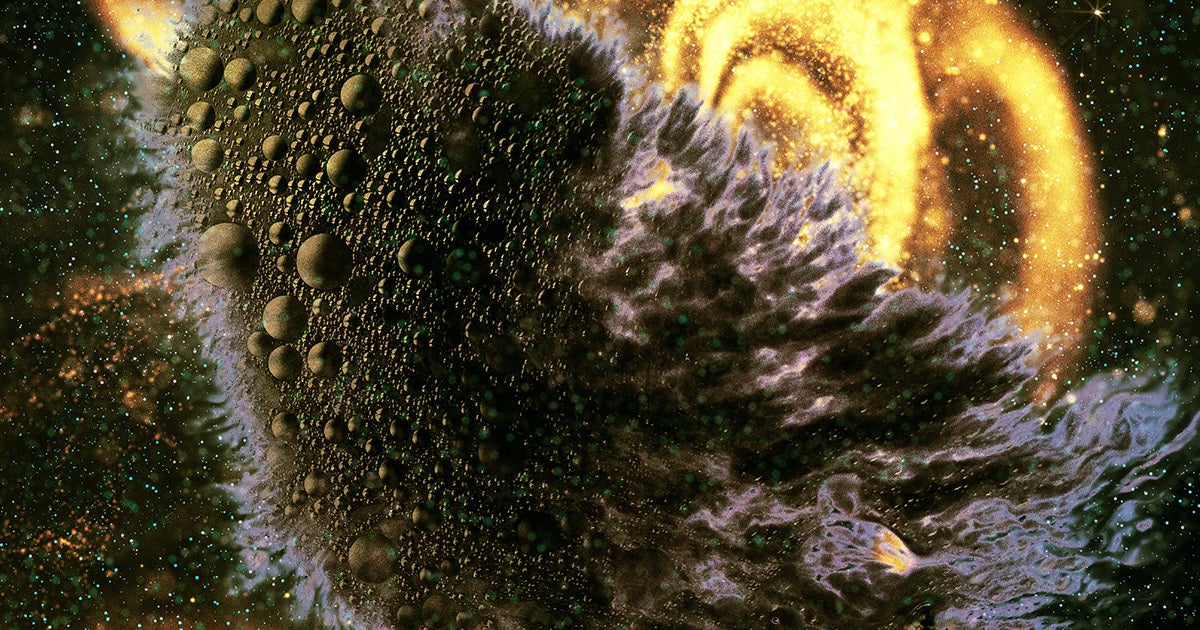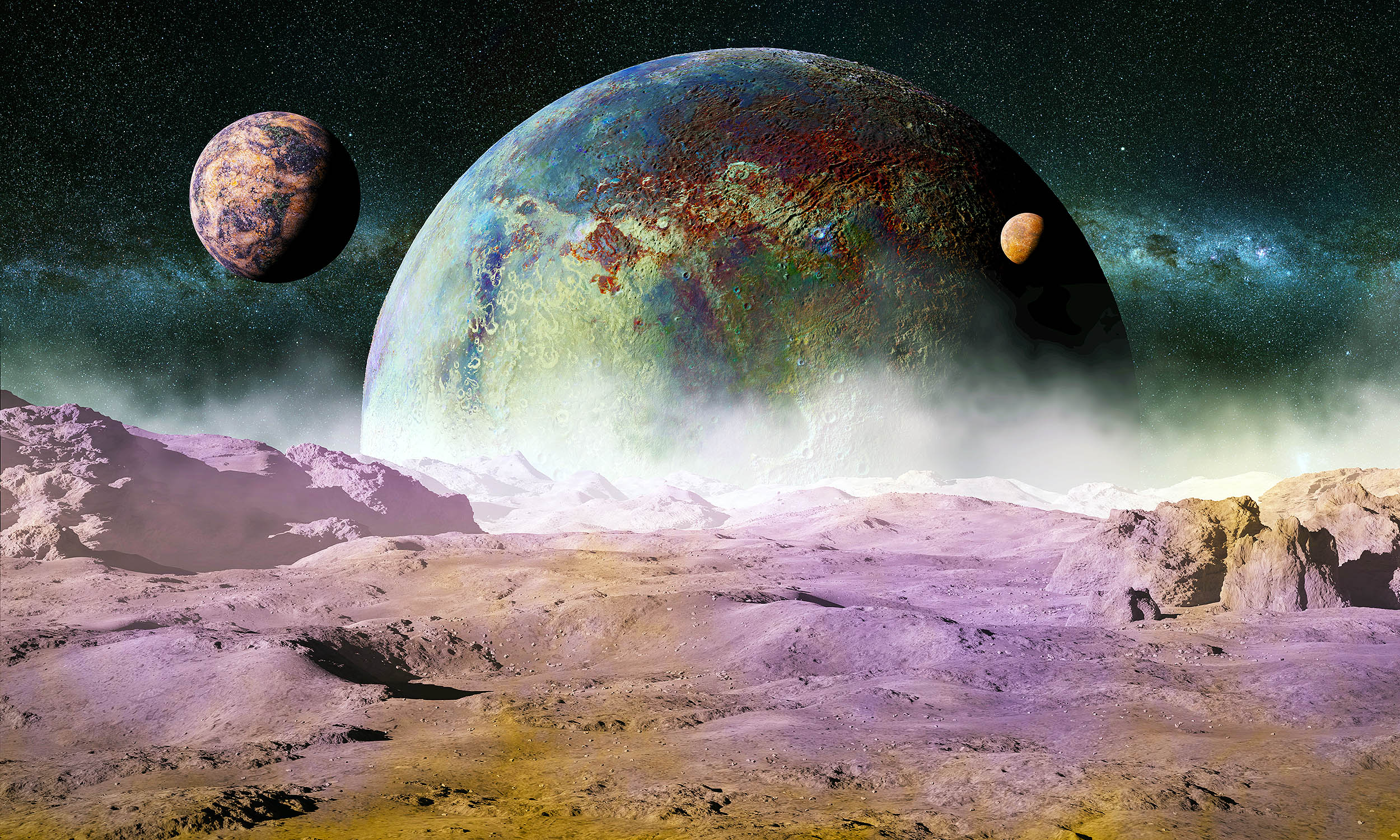
A combination of cosmic processes shapes the formation of one of the most common types of planets outside of our solar system, according to a new study.

Astronomers using the Near-Infrared Camera (NIRCam) onboard the NASA/ESA/CSA James Webb Space Telescope have captured coronagraphic images of the HR 8799 and 51 Eridani planetary systems.

New research suggests black holes may transition into 'white holes', ejecting matter and potentially even time back into the universe, defying our current understanding of these cosmic giants.

The mineral content of oddly pale rocks found in Jezero Crater can only have formed under very warm, very soggy conditions – suggesting that, long ago, Mars may have been a lot more peculiar than we ever suspected.

In this incredible image, we can see the unrestrained energy of two young stars about 650 light-years away as their energetic jets create a distinct hourglass shape with clumps and swirls of gas and dust.

Recent research proposes a new form of dark matter that may actually be lighter in mass than other dark matter candidates.

ESA's Hera mission for planetary defence made the first use of its payload for scientific purposes beyond Earth and the Moon. Activating a trio of instruments, Hera imaged the surface of the red planet as well as the face of Deimos.

Exciting new research suggests there are four miniature planets orbiting Barnard's Star, each thought to be just 20 to 30% the mass of Earth.

At least two mass extinction events in Earth's history were likely caused by the "devastating" effects of nearby supernova explosions, a new study suggests.

Around 1,645 light-years from Earth sits a binary star system, containing a white dwarf and a red dwarf on such a close orbit that each revolution smacks their magnetic fields together, producing a burst of radio waves.

A team of astronomers from Taiwan, Canada, the United States, and France has observed 128 additional moons orbiting the gas giant Saturn, bringing its total number of confirmed moons to 274.

Millions of years ago, our Solar System traveled through a densely populated galactic region and was exposed to increased interstellar dust.

A galaxy called GLIMPSE-16403, is by no means confirmed as a Population III host. But the identification of even a candidate suggests that it's only a matter of time before we finally locate the first stars in the Universe.

To lay the foundations for a lunar navigation system, NASA's Lunar GNSS Receiver Experiment (LuGRE) has successfully received global positioning system (GPS) signals beamed from Earth's orbit.

Radio astronomers see what the naked eye can't. As we study the sky with telescopes that record radio signals rather than light, we end up seeing a lot of circles.